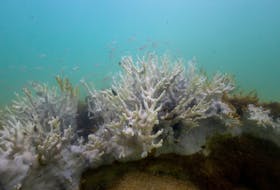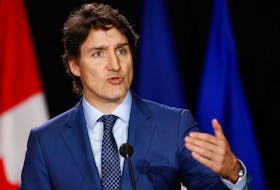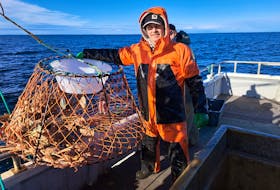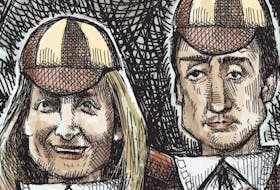Henry Srebrnik
Guest Opinion
After the December 1991 dissolution of the Soviet Union, the Russian Federation, formerly just the largest of the USSR’s 15 union republics, became its successor state.
Today’s Russia has 85 sub-divisions, all known as “subjects of the Federation.” They are grouped into 46 oblasts (provinces), 22 republics, nine krais (territories), four autonomous okrugs (districts), three cities of “federal importance,” and one autonomous oblast.
All are equal in federal matters but enjoy different levels of autonomy. The Federation Council, the upper house of the Russian parliament, represents all 85 component entities, with two representatives per unit.
The Russian Federation includes more than 100 ethnic groups and ethnic Russians make up just 81 per cent of the total population, so the 22 republics are designated as specific territories allocated to the various non-Russian ethnic peoples in the country. Each has its own constitution and legislature, official language, and is represented by the federal government in international affairs, but otherwise has a great deal of internal autonomy.
The indigenous ethnic group of a republic that gives it its name is referred to as the “titular nationality.” An autonomous okrug also has a substantial ethnic minority but is not allowed to have its own constitution and official language. There are secessionist movements in most republics, but these are generally not very strong. However, there was considerable support for secession among Bashkirs, Chechens, Tatars, and Yakuts after the breakup of the Soviet Union, including two savage wars in the case of Chechnya.
The leaders of many republics used to have the title of president, however, in 2010 an amendment to the federal law was adopted that reserves such title exclusively for the head of the Russian state. But relations between the government of Tatarstan and the Russian federal government were more complex and carefully defined in the constitution of the republic. Its chief executive continues to be called a president.
The ethnic republics can be found anywhere in the country, mainly in areas like the northern Caucasus, with its many small ethnic and religious groups. One of them, the Republic of Adygea, is even an enclave, within Krasnodar Krai. Does this “ethno-federalism,” a carryover from the old Soviet Union, sound somewhat esoteric? It shouldn’t, because we in Canada, apart from the provinces and territories, also have its equivalent.
We call them First Nations reserves, and there are more than 3,100 of them, inhabited by members of the more than 600 indigenous groups in the country. Established by treaties and laws, residence is governed by band councils as well as the federal government. Many wish to attain greater sovereign control over their affairs and enlargement of traditional territories through land claims.
Indeed, is not Nunavut also, for that matter, the Inuit equivalent of an “ethnic” polity? Indeed, this might even be said of francophone Quebec, the “homeland” of most of Canada’s French-Canadian population.
We should remember that under the ill-fated 1992 Charlottetown Accord, an aboriginal right to self-government would have been enshrined in the Canadian Constitution. Moreover, it would have recognized aboriginal governments as a third order of government, analogous to the federal government and the provinces.
In ethnically divided societies, devolving power to subnational units as is done in ethno-federal systems is a common strategy for conflict prevention and resolution. At the same time, in ethno-federal states the risk for separatism might be relatively higher since ethnic groups have their own latent state, which arguably gives them reason and opportunity to eventually fight for secession.
Moscow has in recent years begun to tighten its control over the ethnic republics. In response, last year native culture activists from nearly all the ethnic republics gathered in Moscow and agreed to form the Democratic Congress of Peoples of the Russian Federation, in order to resist “projects to alter the administrative structure of Russia.”
Henry Srebrnik is a professor of political science at the University of Prince Edward Island.








